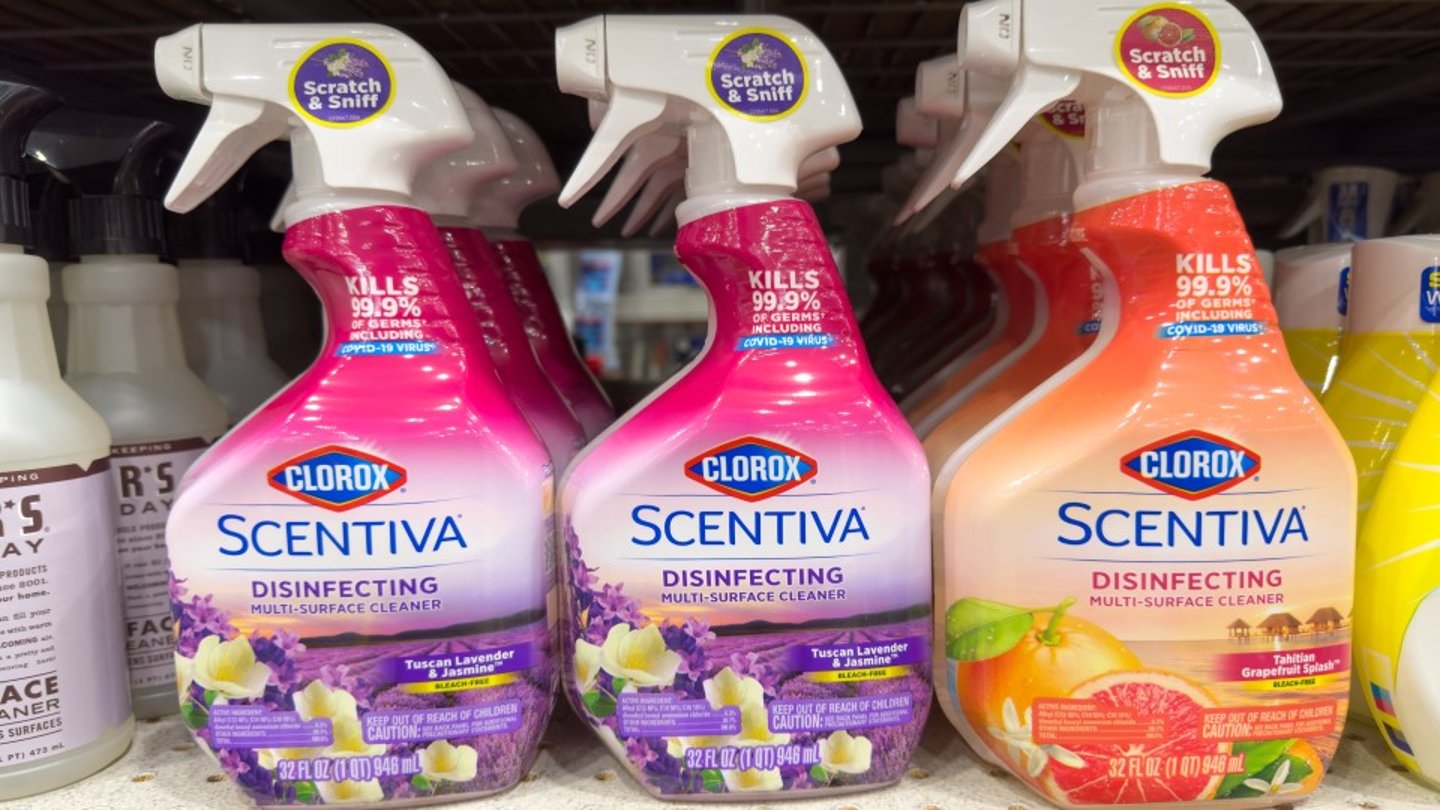Clorox Implements Digital Transformation Amid IT-Breach Bounceback
Clorox suffered an IT breach last year and has since been working to bolster its supply chain processes and company operations to recover distribution and gain back lost consumers. To do so, the company has been working on a digital transformation.
During the recent Goldman Sachs Global Staples Forum, Clorox CEO Linda Rendle detailed the company’s journey since the cyber attack, which reduced shipping and increased consumer product availability issues.
We were down on distribution by a third,” she said, “and so we knew it was going to be a long road to recover this year and that we were laser-focused on all of the steps required to do that.”
Modernizing Legacy Systems
It was time to transform the 111-year-old company into a more modern version of itself, she said, becoming faster and leaner, more consumer-focused, and with a more profitable growth rate.
“We are implementing a digital transformation so that we can move as fast as we need to,” said Rendle. “And we're already starting to see that work pay off in our speed to market on innovation, etc.”
Among the changes are a more resilient supply chain, better customer relationship tactics, and an upgraded merchandising approach. This includes new capabilities in net revenue management, including price pack architecture. The company expects to see these investments pay off in fiscal year 2025 and 2026.
The company has also been increasingly focused on capturing back lost consumers by investing in personalization tactics, achieving its goal of becoming familiar with 100 million consumers in the U.S. a year early to more effectively market to its audience.
Bolstering Operations
Lastly, in response to the breach, Clorox has more aggressively tackled the subject of cybersecurity, spending two times the amount in related improvements compared to the previous period.
Alongside the digital transformation is a new operating model that is introducing further productivity improvements. The scope of the transformation is so large, per Rendle, that it will take a while for changes to root.
“Nobody at Clorox will work the same as they did three years ago or even today two years from now,” she said. “We're fully equipping them with all the tools they need digitally.”


